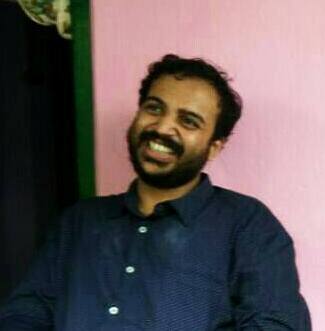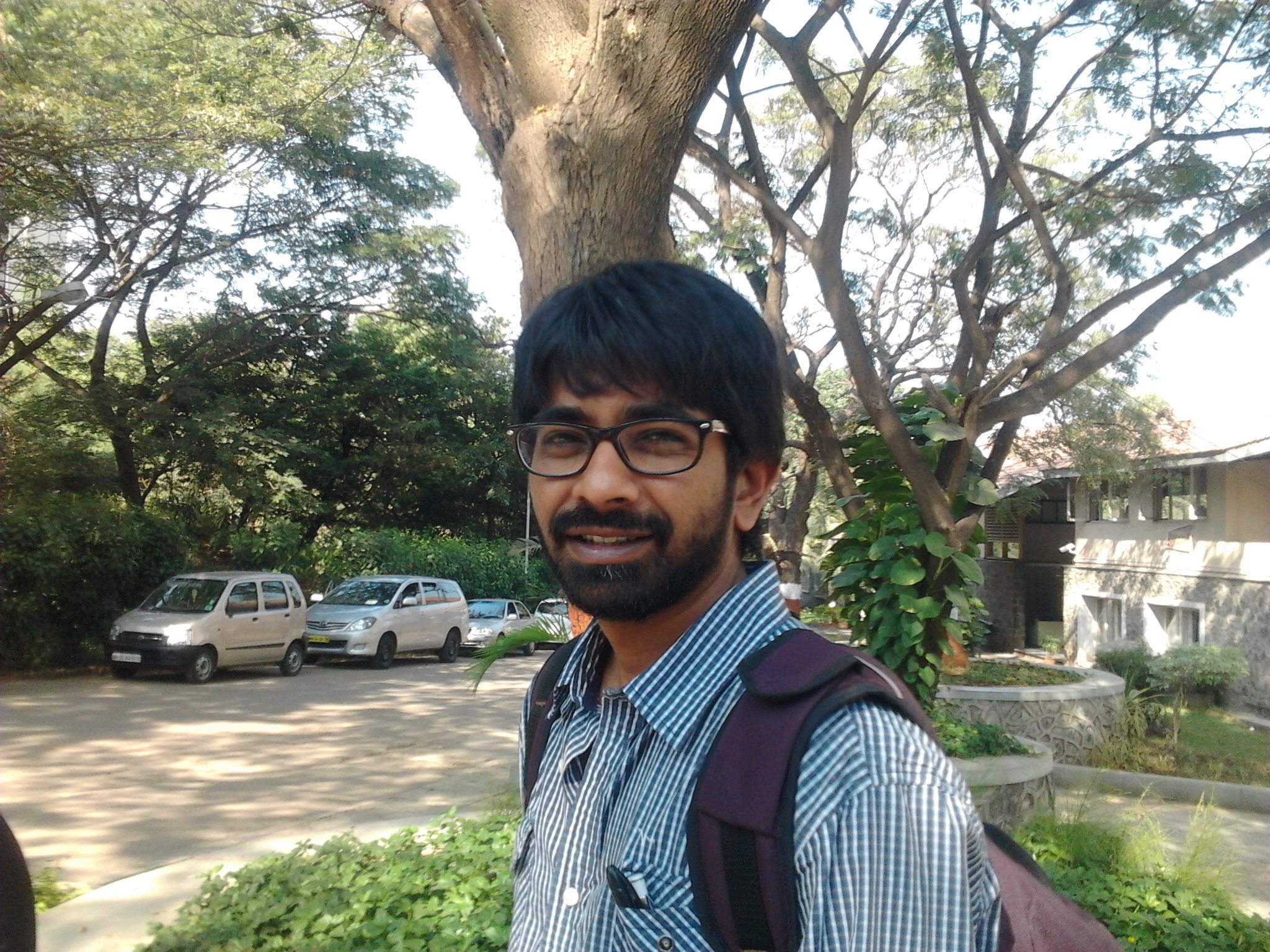Nidhin Shobhana
 Any discussion on caste in Higher Education should include an overview of what constitutes higher education. In other words an overview of its substance.
Any discussion on caste in Higher Education should include an overview of what constitutes higher education. In other words an overview of its substance.
To begin with, how is higher education defined in India ? As per the Indian Standard Classification of Education, anybody who completes 9 months of formal study after 12 years of schooling, or 3 years of formal study after 10 years of schooling can be called ‘higher educated’. In other words, anybody who has spend a minimum of thirteen years of their life in formal education is said to have received higher education. This is a bare minimum definition which becomes more meaningful when we look deeper into the demographic details of Higher Education.
At the present moment, India has 864 Universities, 40026 colleges and 11669 stand alone institutions.
One needs to ask, are all the universities equal to each other? No. They are arranged in a hierarchy, very similar to the graded caste hierarchy. This hierarchy is not a mental structure or a matter of perception. In material terms, these universities are funded and endorsed differently and unequally. They are classified into ‘nationally important’, ‘central’, ‘state’, deemed and open. All India Survey on Higher Education (AISHE, Final Report 2016-17) classifies Universities into 11 categories. Out of the 864 universities, only 278 are affliating universities. They affiliate over 40000 colleges.
Are the colleges and universities spread evenly across the 640 districts of India? No. The top 50 districts (urban) house around 35% of the colleges. We have more than 150 districts with less than 10 colleges each. On the other hand, one finds districts like Bangalore with more than 1000 colleges. Thus, the average distance one needs to travel to reach the nearest college varies drastically across the nation-state. Reaching the nearest college is one thing. One also needs to ask whether they are ‘accessible’ to the bahujan masses, socially and financially. Well, 77.8% of the 40000 plus colleges are privately managed. 65% of the privately managed colleges are unaided and 13% receive government grants. The percentage of government colleges is as low as 14%. Privatization of Education has always been about Communalization of education. Dominant ‘communal minorities’ control colleges, ensuring communal appointments and admissions. Thus, the nature of higher education in India is largely private and provincial. This is not a new phenomenon. This has been the historical trajectory of higher education since its colonial beginnings in India. Stand Alone Institutions, which include polytechnics and nursing colleges are also largely private and communal in nature (76%). Merit and excellence is always imagined in private and communal-kinship terms, across higher education (irrespective of its source of funding).
How many in India are presently pursuing Higher Education? As per AISHE 2016-17 only 35.7 million or 3.57 crores are enrolled in Higher Education at the present moment. Out of this nearly 46% are women. 57% of the total numbers are SC, ST, OBC and Muslim Minorities. It should be noted that all of them are proportionately under-represented.
The overall numbers of SC, ST, OBC fall drastically when we take into account only Central University On-Campus enrollment (31.3%) or Institutes of National Importance (45.84%). The numbers of SC, ST and OBC women in Institutes of National Importance is less than 10% (SC Women =2.92%; ST Women=1.3% and OBC women= 5.3%). Muslim Minority representation accounts for 6.42% in Central University On-Campus institutions and 1.7% in Institutes of National Importance. It should be noted that the percentage of SC,ST and OBC students in Higher Education vary across regions.
One should note that less than 2% of the population in India is presently enrolled in Higher Education, in spite of a positive demographic dividend. Again, more than half of this population in HE come from 6 states alone (Maharashtra, U.P, Tamil Nadu, Karnataka, Andhra Pradesh, Rajasthan). The remaining 30 states and union territories contribute only 46% of total number of students.
We need to constantly revisit these numbers to understand the narrow spread and access of higher education as a viable resource. Like other resources in the country, it is concentrated in the hands of a specialized minority. Such a design, is fundamentally anti-bahujan.
The largest chunk out of this 3.5 crores are enrolled in State Public Universities or their affiliated colleges. A number which is as large as 85%. Only a minuscule section ever enters Central Universities (2.1% in campuses and 2.3% in off campus constituent colleges). Interestingly, there are more number of students in IGNOU than all the Central University Campuses put together (we have 44 of them). More SC, OBC and ST students (especially OBC and ST women) are enrolled in IGNOU compared to their numbers in Central University Campuses.
What are we doing in these State Universities? An overwhelming 80% of the enrollment in Higher Education is in undergraduate (Bachelors) degrees. With subsequent steep declines in every stage. Only 11% in Master’s programmes and less than 0.5% in PhD programmes.
Most of the undervalued degrees at both UG and PG level have more female takers. For example, 1,38,676 students are enrolled in M.A.(Hindi) programmes. Nearly 65% of them are women. One finds similar statistics in Sanskrit Masters programme (64.9% women students). On the other hand, economically viable courses are largely a savarna male domain. PhDs are also largely male-dominated (58%).
Among the undergraduate programmes, which is the most available and accessible programme? B.A. is the most common bachelors programme. Nearly 1 crore out of the 3.5 crores in higher education are enrolled in B.A. Among them nearly 53% are women.
Yes, 1/3rd of our higher education enrollment is in a largely undervalued degree -B.A. With new systems of certification, one can gradually expect that vocational certificates and diplomas may take up the place of the B.A. degree.
The largest section of the Bahujan students presently in Higher Education are enrolled in B.A. degrees in State Public Universities. While, one does know about the enrollment numbers, there is no clear data on how many of them actually get a degree. And furthermore, does the degree fundamentally transform their life chances and employment opportunities? The issue of employability and possibilities of moving away from caste-gender ordained occupations/roles should categorically inform any discussion on caste in Higher Education.
The Gross Enrollment Ratio (GER) of India (18-23 age group) is 25.2%. However, what one needs to bear in mind is that more than 1/3rd of this ratio is contributed by distance mode of education. 55% of the distance mode courses are pursued by women. Since we already know, that 80% of the total numbers are enrolled in higher education are undergraduates, one can imagine what would be the GER in post-graduate and doctoral degrees. The GER of ST is as low as 5%. The GER of SCs is lower than the national average 21%. We do not have numbers for OBCs as the ruling classes are afraid to estimate and count their population.
What do we know about individual castes and their status in Higher Education? Very little, we know a few things about individual ST communities and SC Hindu communities. We know very little about ‘others’ since we do not have any systematic caste census data. The lack of knowledge about jatis and their presence/absence in Higher education in any fundamental sense, has and will continue to ill-inform all our discussions on caste in Higher Education.
This is a chronic problem. Any resource – its control, ownership and access, including Higher education is largely conceptualized within tiring governmental categories. How do we overcome these categories which distort our vision? Fighting for a detailed Caste-Census is an important starting point. However, this move towards clarity goes against the interest of the social ruling class.
The experience of discrimination and exclusion of historically marginalized groups in Higher education should be placed within the Savarna design of Higher Education. The institutional structure of Higher Education in India is only capable of reproducing sophisticated forms of humiliation. The structure is based on the notion of resource and knowledge accumulation, unlike the Phule-Ambedkarite principle of dissemination and distribution. How far can we go in this Savarna design, is a fundamental question to ponder upon.
(Based on AISHE Final Report 2016-17)
~~~
Nidhin Shobhana is an artist and writer.








